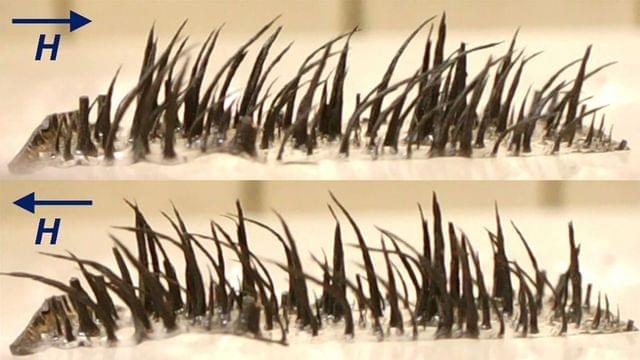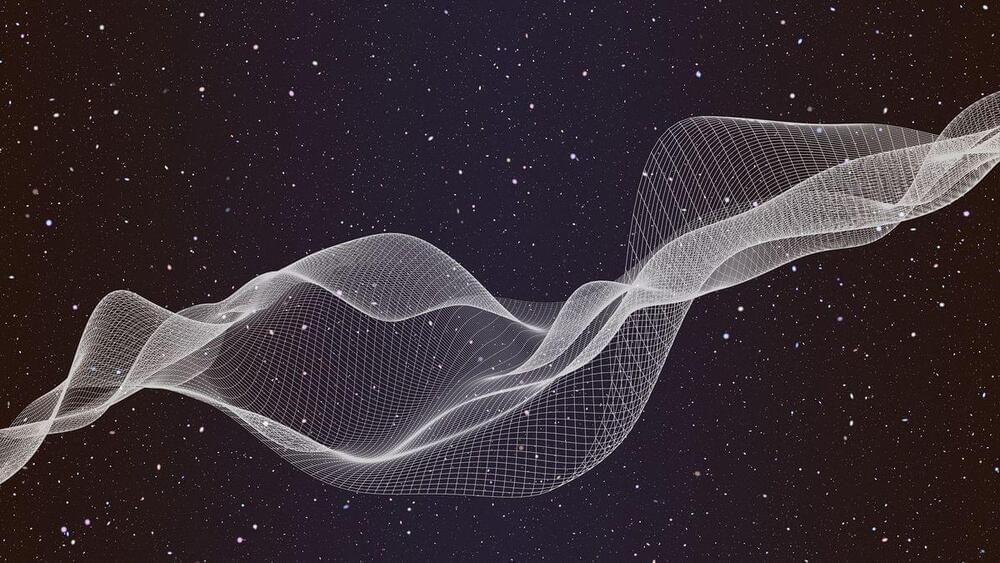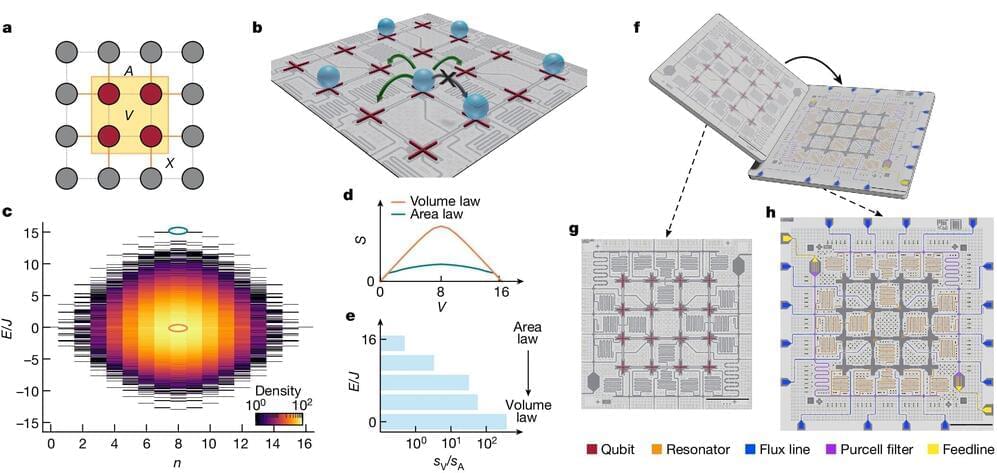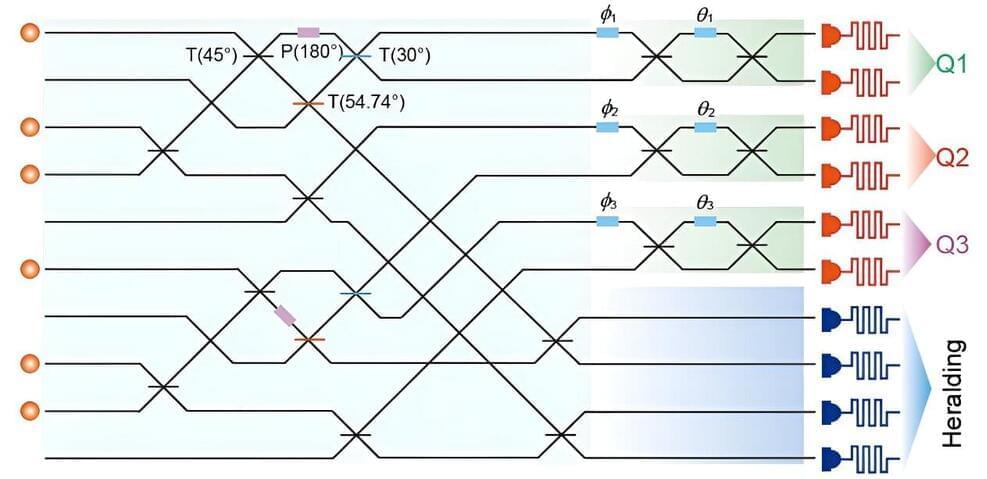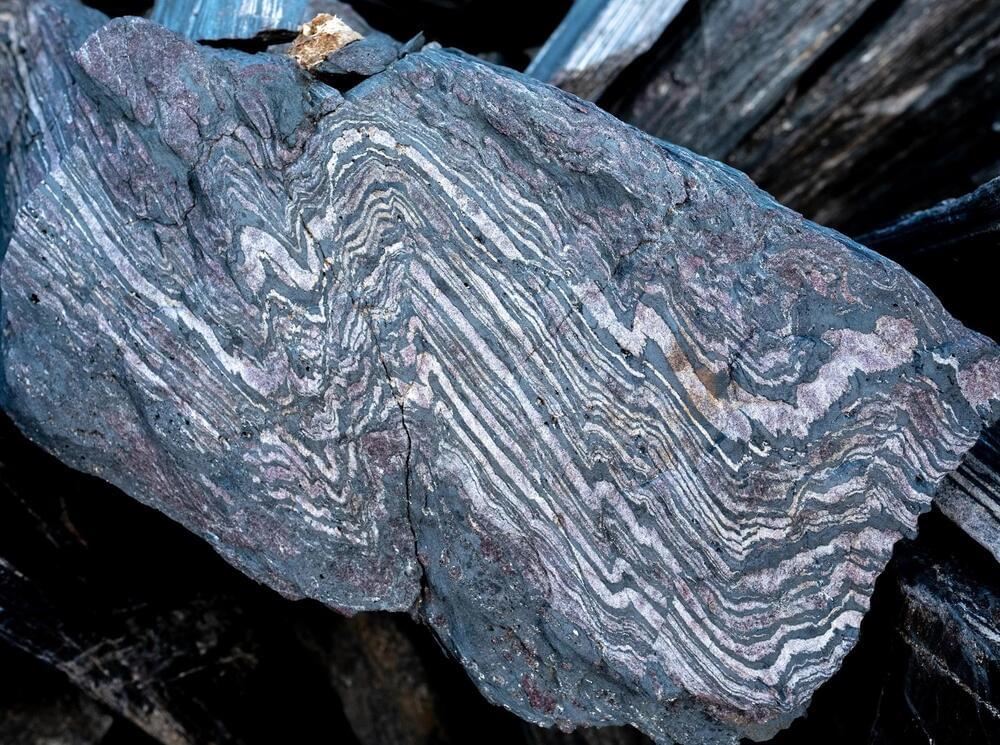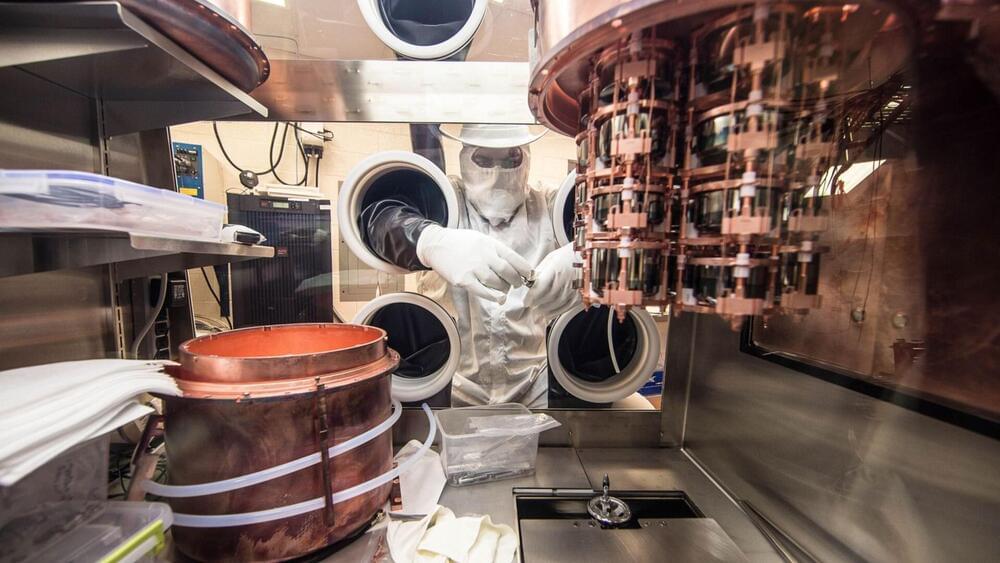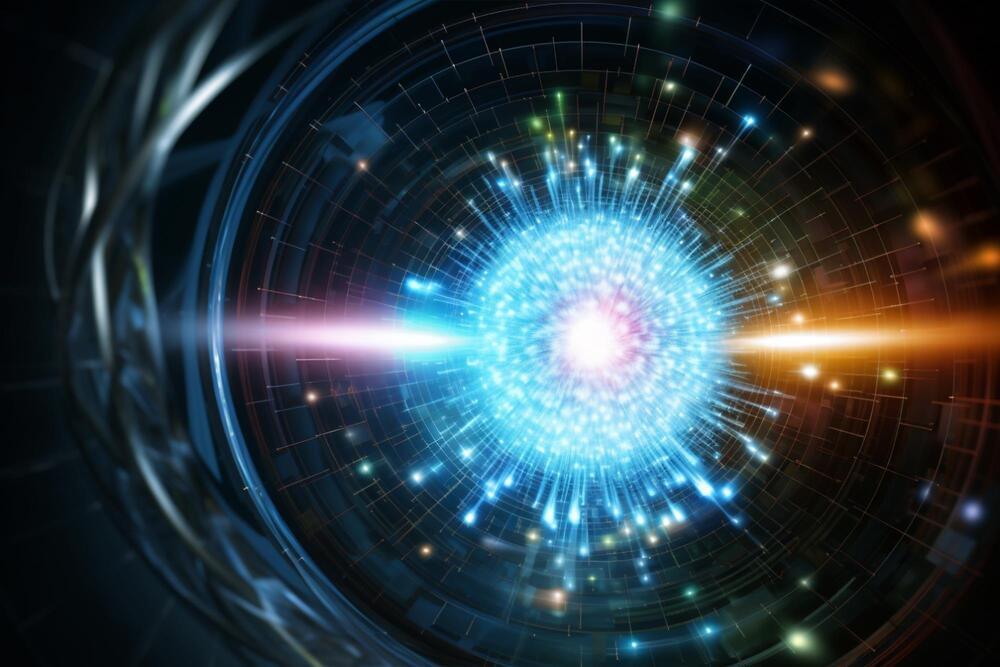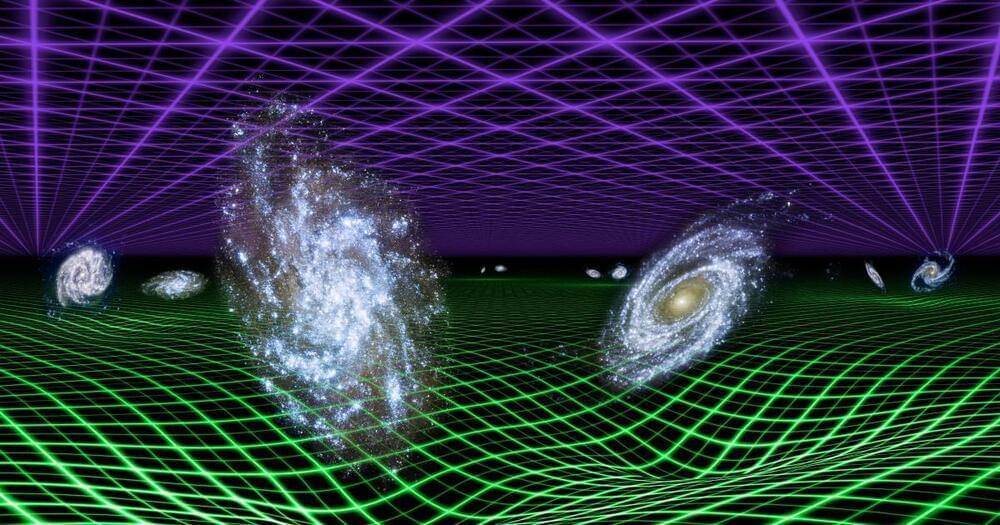Apr 26, 2024
Researchers Teach Old Artificial Hairs New Tricks
Posted by Shailesh Prasad in categories: particle physics, robotics/AI
Researchers have developed a new technique that can “reprogram” magnetic cilia to move in new directions as needed. Magnetic cilia – an artificial hair-like structure containing embedded magnetic particles – are used frequently in soft robots, transporting objects and mixing liquids.
